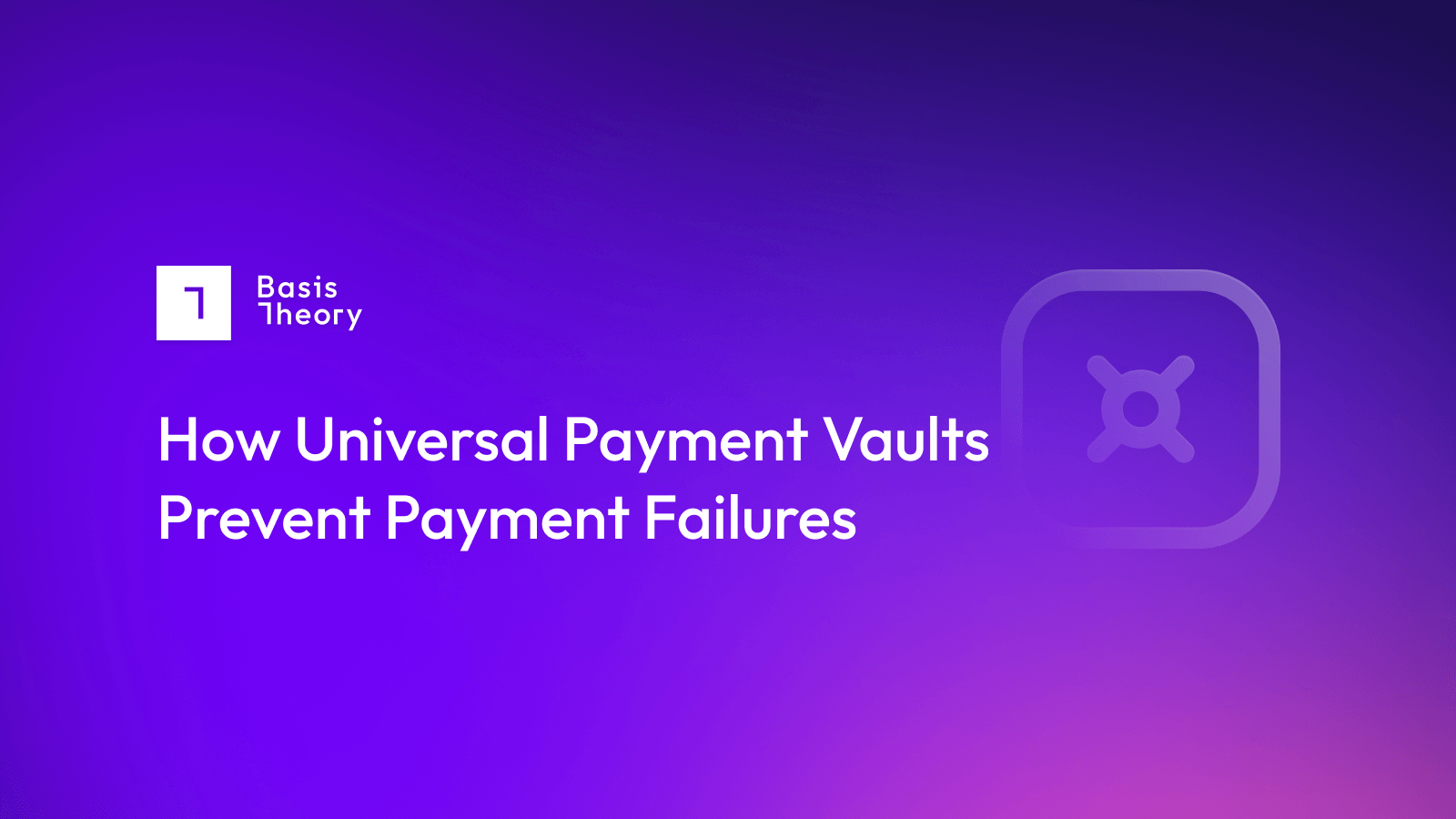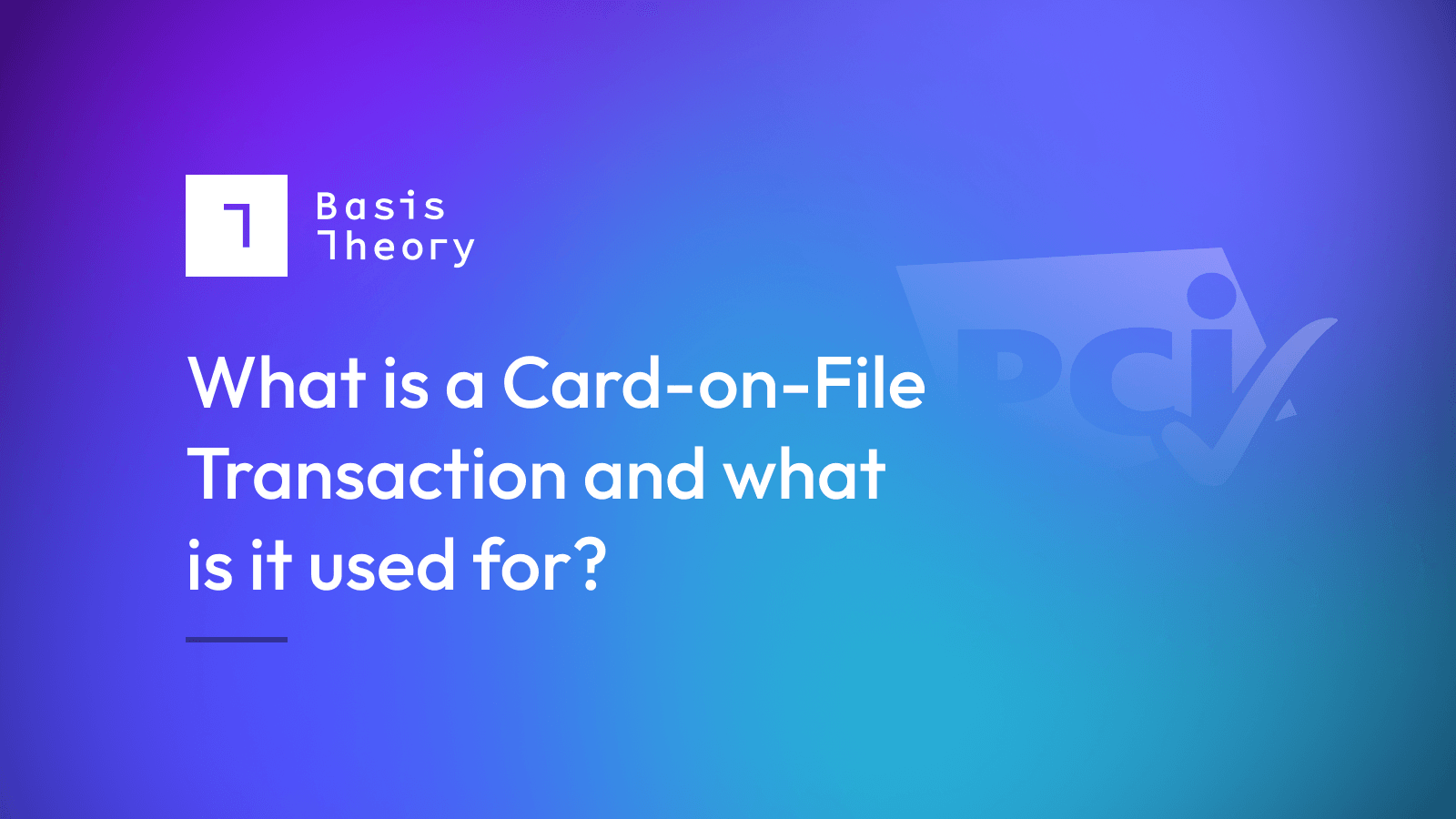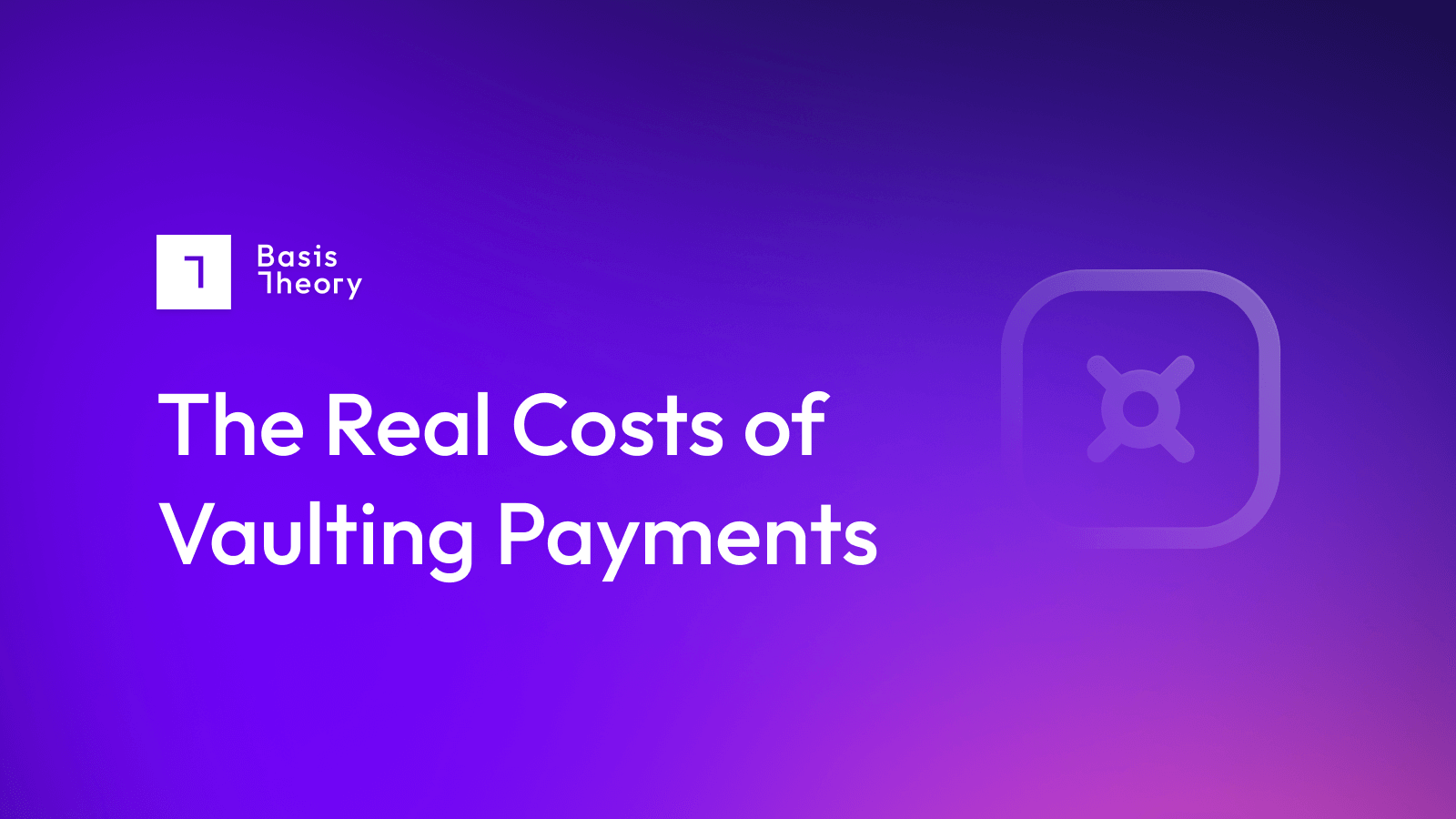One-Click Checkout: Benefits and Drawbacks

If there’s one thing that everyone who’s ever sold anything can agree on it’s this: the harder it is for the customer to close a deal, the less likely it is that they’ll do so. And if there’s anything consumers can agree on it’s how much we hate to expend effort on buying something - there’s a reason people universally loathe the paperwork-heavy process of buying a car. These intersecting realities lead to the inevitable conclusion that merchants who reduce the number of steps to get a sale made are likely to see an improvement in their close rates, which is why getting a purchase down to a single step can be transformative.
What is One-Click Checkout?
As its name suggests, one-click checkout is a process that allows a consumer to complete a transaction with a single action. Frequent Amazon.com customers will know the Buy Now button, which bypasses the standard cart process to close the sale with the default payment method immediately and to dispatch the item to the default address location. In fact, Amazon held a patent on the one-click checkout method from 1999 to 2017 in the United States, forcing other merchants to pay them a fee whenever they implemented this approach - even Apple signed a licensing agreement, as far back as 2000. (European regulators, it’s worth noting, were never persuaded to grant a patent in their geography for what does, in fairness, seem more like a reasonably obvious logic tree than a unique solution).
What are the Benefits of One-Click Checkout?
The most obvious benefit of one-click checkout, from a merchant's perspective, is that the consumer is provided with the least possible number of opportunities to change their mind. This means that merchants see
- Lower cart abandonment: the reduction in steps between decision and purchase encourages the buyer to get the job done
- Higher mobile transaction close rates: the elimination of the need to type accurately on the small screen prevents frustrated consumers from simply moving on
- Higher total customer value: customers who find it convenient to buy from a merchant are more inclined to return for future purchases
For customers, it all comes down to convenience: having found a trustworthy merchant, and knowing that future purchases will be quick and easy makes return visits more appealing.
Who Promotes One-Click Checkout the Most?
It may come as no surprise to discover that platforms are the greatest promoters of one-click checkout. In the early going, Amazon spent heavily to promote the value of the approach, not only to highlight their own lead in the category, but also to attract licensing dollars throughout the lifetime of their patent. Today we see solid and outspoken support for one-click checkout from platforms such as
- Payment service providers (PSPs): by hooking both merchant and consumer on the idea of a one-click purchase without having to re-enter details, full-service PSPs can ‘lock in’ merchants to the platform, as it is the platform that has control over the consumer cardholder data
- E-commerce platform providers: companies like category leader Shopify, by providing a one-click checkout that can be shared across their merchant base, solidify their position as valuable partners, and keep merchants from moving on
- Digital wallet platforms: providers like Google and Apple, with their well-integrated wallet systems providing implicit one-click checkout experiences, are seeking to keep their turnover (and therefore fee revenue) on the ascendant
What are the Drawbacks of One-Click Checkout for Merchants?
The list of prominent promoters of one-click checkout pretty clearly shows that it is companies providing services to merchants, rather than the merchants themselves, who are the biggest fans - because it can cement their place in the merchant’s payments system. This highlights the greatest drawback of one-click purchasing for the merchant: it can result in lock-in to a particular provider, effectively cutting off the opportunity to optimize close rates and arbitrage processing fees.
When the one-click checkout functionality is provided by a downstream provider - whether it’s the wallet, the e-commerce platform, or the payment services - the merchant risks losing control of the key data needed to power the solution: the customer’s cardholder data.
The one-click checkout relies on the merchant both
- Having access to the customer’s cardholder data; and
- Having a system that can accept a transaction using the stored information
To be truly effective, the merchant should also be able to intercept the transaction prior to submission and decide which payment partner it should be presented to, in order to maximize the chances the deal will close and to minimize the processing fees associated with the transaction. Thus, the challenges start when the one-click checkout is based on a
- Wallet system: the transaction by definition goes to that one wallet, and the merchant must pay whatever fees the wallet provider charges;
- PSP: the transaction goes through that PSP, which can use its own payment decisioning system to limit the fees it owes to the downstream payment partners - but will charge its prevailing rate to the merchant, regardless;
- E-commerce platform: like a PSP, the e-commerce platform can charge whatever its prevailing rate it, regardless of the transaction type, payment method, or any of a variety of factors that can impact the actual cost to transact
Get the Benefits, and Avoid the Drawbacks, of One-Click Checkout
The clear choice for merchants is to
- Provide one-click checkout for consumers, which will reduce cart abandonment, increase lifetime customer value, and promote new revenues; but also
- Avoid getting locked into another provider’s systems, which can limit the ability to recognize the full benefit of the service
The key to achieving this goal is to take charge of customer cardholder details, shifting ownership of the core data to the merchant. An important tool in this process is a programmable toke vault, like Basis Theory, which can protect and store sensitive data in motion and at rest, keeping merchant systems largely outside of PCI-DSS scope, while giving them ongoing control. Once the cardholder data is in the vault, the merchant can automate their payment system to transmit it to the best payment provider for each transaction - whether that be a full-service PSP, a high-risk payment provider, a provider in a different geographical location, or any other partner they select.
.png?width=365&height=122&name=BTLogo%20(1).png)



